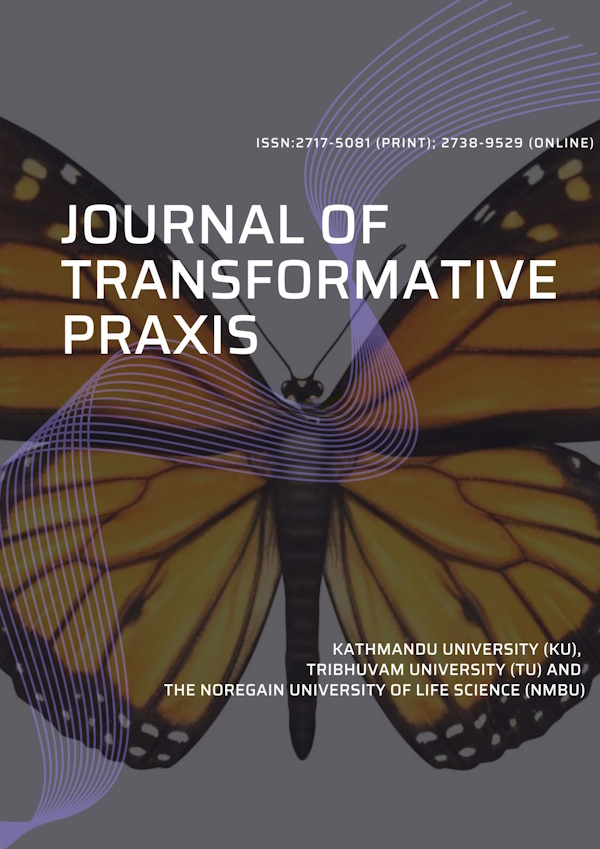
Guidelines for Reviewers
Review Criteria
In seeking to advance the understanding and practice of transformative education research and practice, JrTP strives to be inclusive in its aims and scope to stimulate a problem-oriented critical approach to research and practice in transformative education. Our subscription to multiple paradigms (i.e., epistemological pluralism) is the key mantra whilst reviewing the manuscripts. Therefore, we urge the reviewers to be mindful of the nature of the research and apply corresponding quality standards when judging the merit of the submitted manuscripts. In a nutshell, the following elements are considered whilst reviewing the manuscripts submitted to JrTP:
Significance of the Problem
A problem or subject a manuscript addresses contributes to advancing transformative education research and practice knowledge. The importance is enhanced when a manuscript promotes understanding or improvement of the practice.
Background
A brief introduction is articulated, and ample background information/literature to explain the research issue/problem being discussed.
Problem/Purpose
The purpose of the manuscript is to pinpoint the gap in the literature and/or practice and/or assumptions.
Literature Review
Depending upon the nature of the manuscript, there can be varied roles of literature review, such as to spot the gap, to critique prevalent theoretical perspective (s), to show the trend in research, and to create a niche for a new method or perspective.
Methodology
Methods and procedures are relevant and transparent for addressing the stated research problem/purpose.
Findings and Discussion
Findings and discussions are geared towards addressing the ongoing debate or contributing to developing new perspectives. Evidence needed to support the claims is shown, including (but not limited to) the presentation of statistics, charts, and graphs, and/or use of quotations/vignettes/narratives, references, and citations.
Conclusions and Implications
Conclusions and implications are relevant, clearly drawn, and convincingly supported by the findings and discussions.
References
All references are in alphabetical order.
Readability
The manuscript is well-organized, well-written, and readable.
Please note that the criteria mentioned above are not necessarily the subheadings of the manuscripts. The manuscripts are organized in many possible ways depending upon various factors, including the manuscript type and epistemology in use.
In addition to meeting the above requirements of a manuscript, the reviewers will follow these guidelines to decide whether to take the submission forward. Authors would benefit from reviewing these questions that reviewers will be answering about their manuscript.
Question 1: What is the work about? Or, how could it (or its contribution to scholarship) be summarized in a sentence?
Question 2: What is a key strength of the manuscript? Or, what could the author build on?
Question 3: What is the weakness of the manuscript? Or, what is your major or broadest suggestion, in short?
Question 4: Does the content of the manuscript fit the aims and scope of the Journal?
Question 5: Does it contribute to new knowledge (e.g., proposes an alternative explanation, updates existing theories and purposes, or tests a model)?
Question 6: Is the purpose of the manuscript clearly stated early on?
Question 7: Is there a logical flow of the main idea throughout the manuscript?
Question 8: Does the work build on a review of relevant literature? Is the review presented in the proper amount and/or dispersed in the proper places in the manuscript?
Question 9: Does the evidence from research and arguments by the author sufficiently explore and support the key problem/issue? Does the author do justice to the topic with research and/or discussion?
Question 10: Does the manuscript follow APA citation guidelines?
Question 11: If you have any other comments, please add them to the review form for the author(s) and editors.